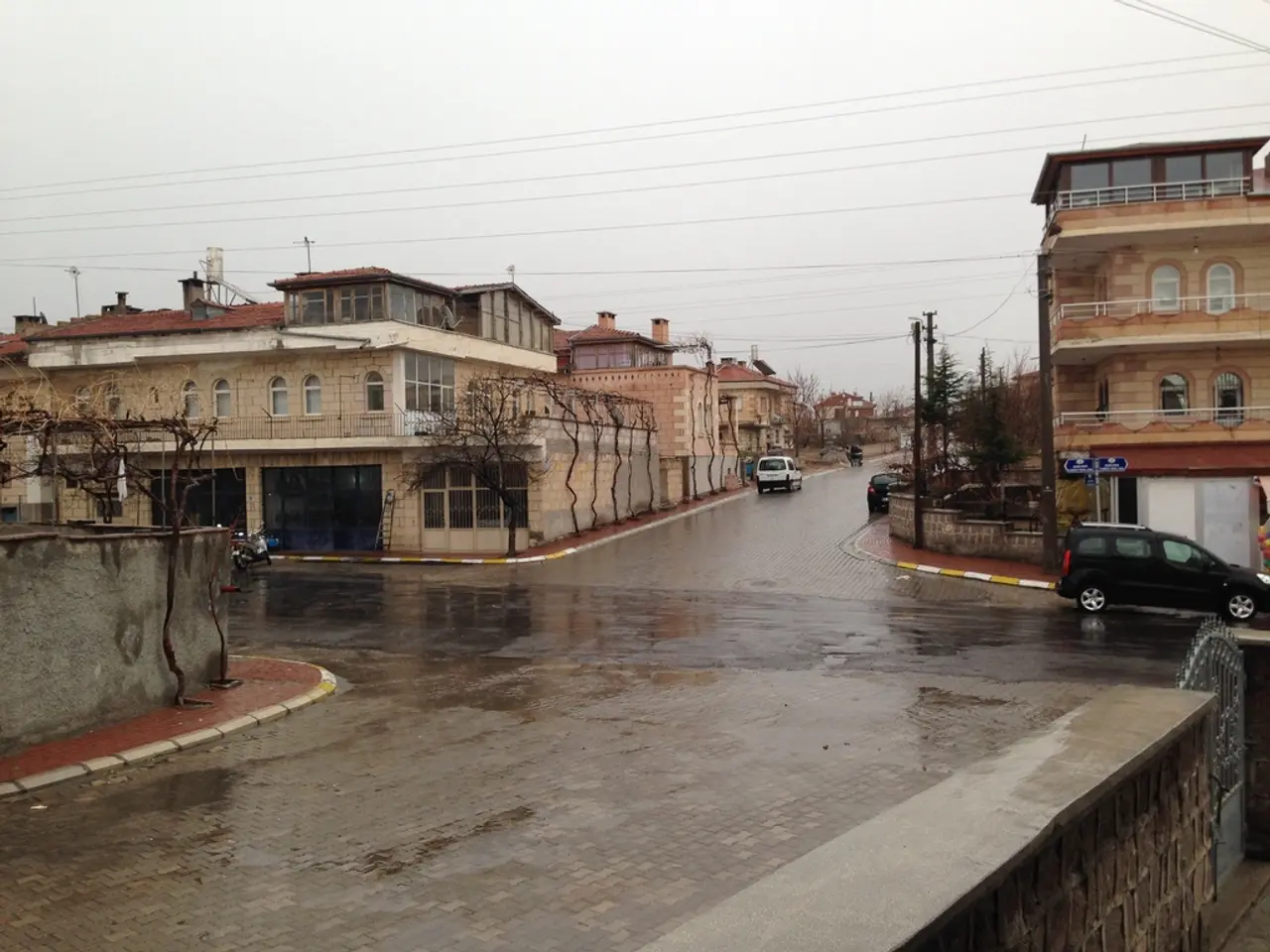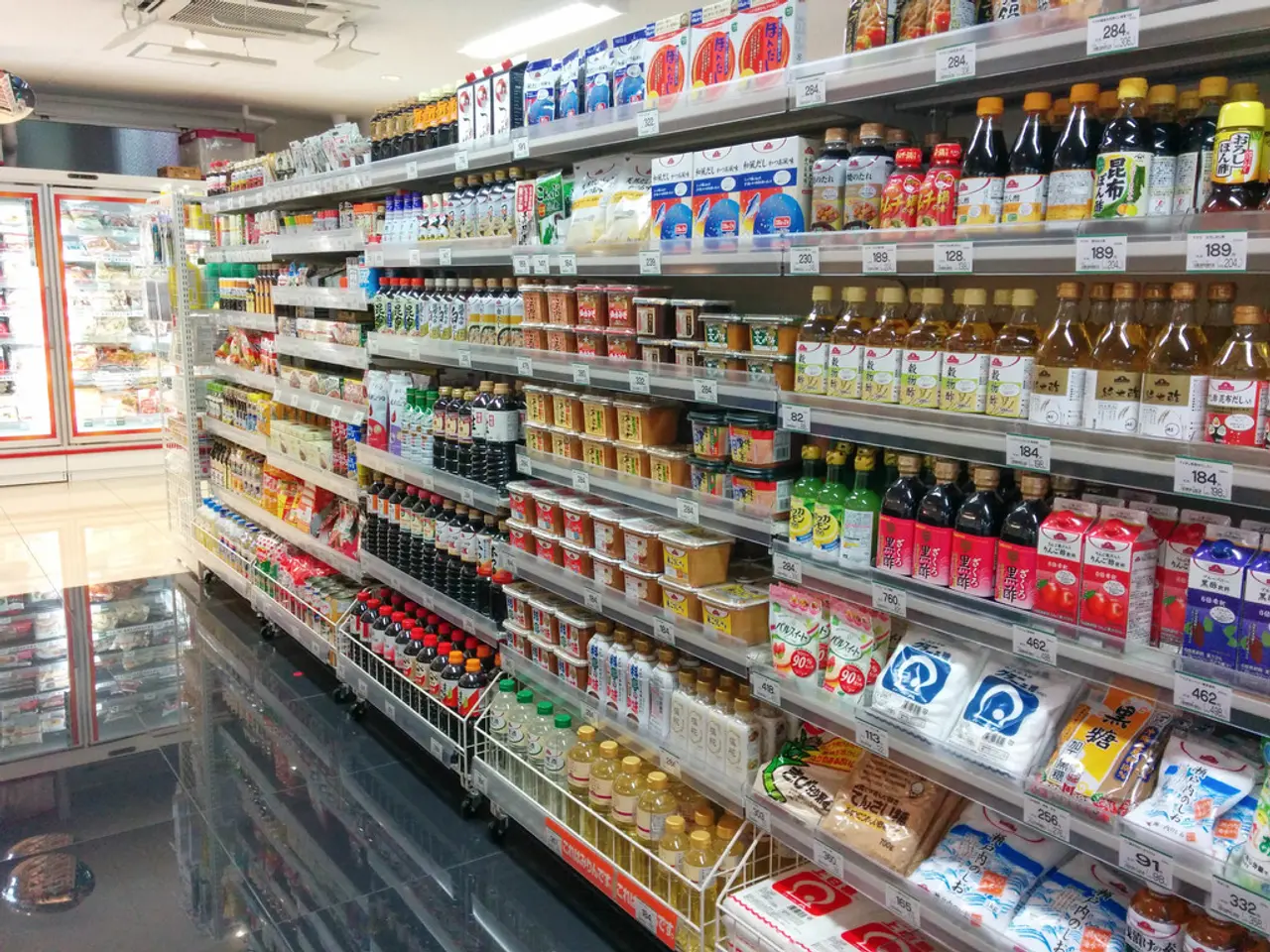Exploration of Graphic Representation Techniques - Overview
In our increasingly data-driven world, understanding and interpreting complex information has become essential in various aspects of life. This is where information visualization comes into play, transforming raw data into clear, visual forms that make sense of the world around us.
Information visualization is the art of representing data in a way that is easy to understand and manipulate. It is a skill that has become increasingly important in the workplace and academia as the volume of data available to us increases exponentially in every field of endeavor.
One of the most common uses of information visualization is in presentation. Data visualization enhances engagement and storytelling by providing visually appealing, concise, and shareable infographics or charts that effectively communicate key insights to an audience. This fosters better understanding and memory retention.
Another use of information visualization is in exploratory analysis. Analysts can interactively explore data, quickly spotting patterns, trends, and anomalies that raw numbers or text may obscure. This helps in hypothesis generation and deeper data comprehension without requiring advanced statistics.
Information visualization can also be used for confirmatory analysis, where analysts visualize specific hypotheses or models to confirm or refute assumptions through clear visual evidence of correlations, changes, or distributions. This supports validating findings and informing subsequent decisions or actions.
A famous example of information visualization is the London Underground map, which enables people to quickly understand how to navigate the system despite the geography above ground being different. Another example is Google Maps, which offers two representations for route information: written instructions and an image of the route imposed on a map. While the written instructions are useful for people who need to get from one place to another directly, the map data can be useful for tourists who want to know what's on the way and explore potential break points in the journey.
However, the presentation of information for persuasion can be a "dark side" of information visualization. Information visualizations can omit crucial information to persuade people, such as showing a graph that states "70% of people who use homeopathy feel better than those who don't" without mentioning that "70% of people who take a placebo feel better than those who don't".
In terms of health data, mapping disease data like the frequency of lung cancer within the United States by geographic region enables researchers to explore the relationship between a disease and geography.
The tidal wave of data associated with each aspect of a person's life is significant. A global economy and instant communication have led to an explosion in the volumes of data to which we are exposed. Computing and the internet have revolutionized the ability to create, store, and retrieve information easily.
Information visualization is designed to help us make sense out of data, and it can be used to explore relationships between data, to confirm our understanding and analysis of data, or to explain data in an easy-to-digest manner. As we continue to generate and collect more data, the importance of information visualization in turning this data into actionable knowledge will only grow.
UI designers often employ information visualization techniques to present data in a user-friendly manner, enhancing the clarity and usability of applications and software interfaces.
In the realm of data-and-cloud-computing, information visualization plays a crucial role in the interpretation and analysis of vast amounts of data, aiding in the discovery of patterns and trends that might otherwise remain hidden.




